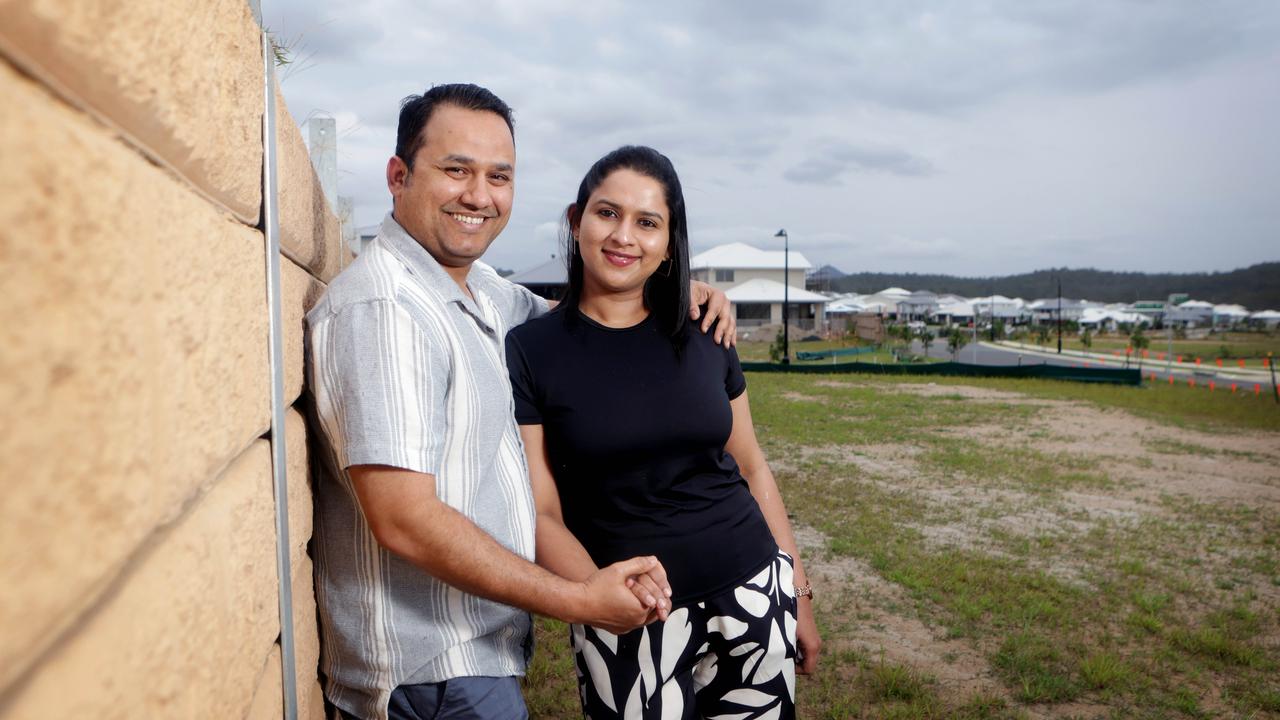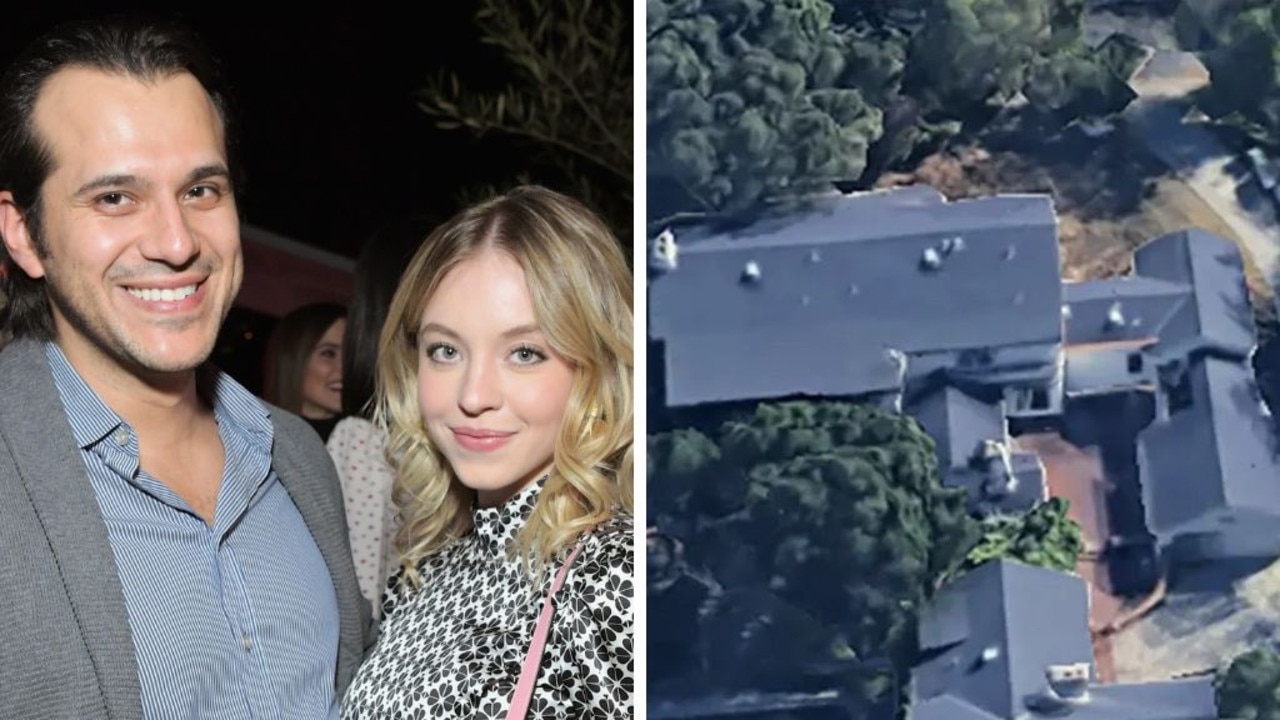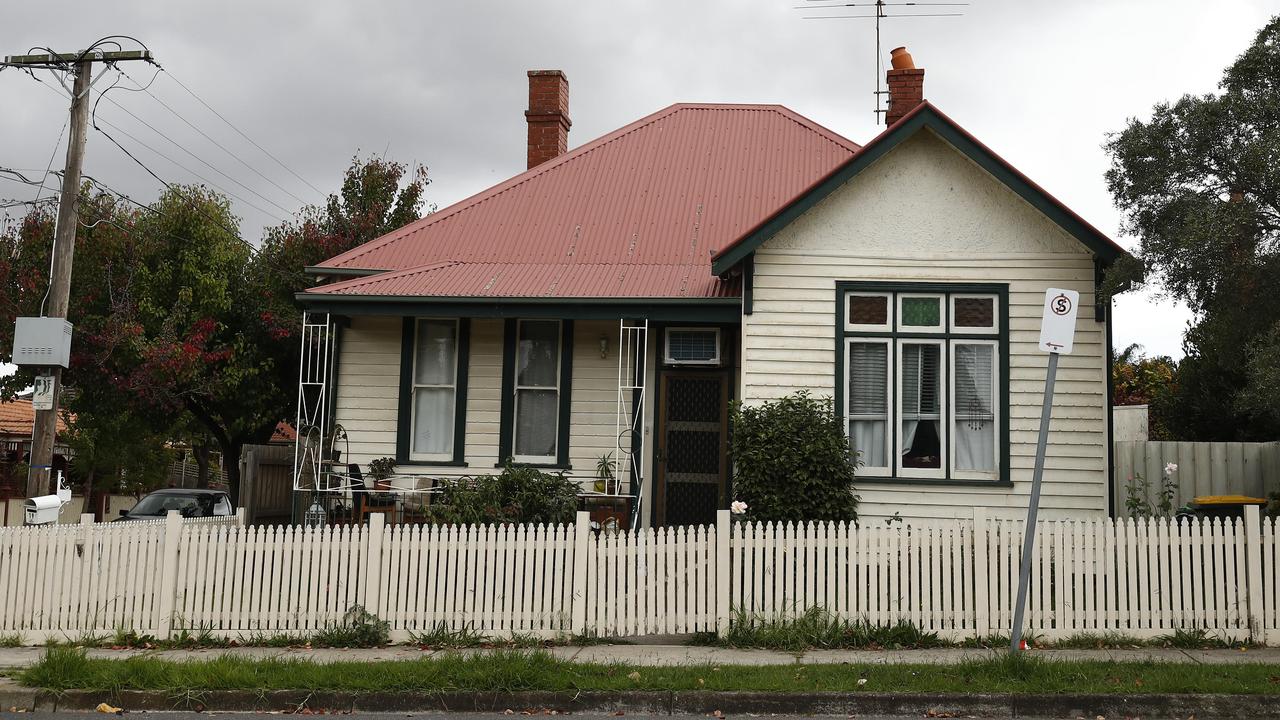What it really costs each month to own an investment property
Think your rental income will cover those mortgage repayments? Think again. The majority of first-time investors forget to add up these important yet costly cashflow expenses.

Buying an investment property that takes care of itself financially – it sounds like an attractive proposition. But when it comes to calculating a property’s cashflow, there’s far more to it than seeing if the rent will cover your mortgage repayments each month.
There are a range of other expenses that need to be factored in when crunching the numbers on an investment property – so much so that avoiding a negative cashflow often proves elusive, PIPA chair Nicola McDougall says.
In PIPA’s 2024 Investor Sentiment Survey, nearly 65 per cent of respondents said their investment portfolio had a negative cashflow, up from 57 per cent the year prior.
“A lot of first time investors, if they haven’t done their research correctly or if they aren’t working with experts, they fail to understand that their properties are very unlikely to be neutrally or positively geared at the beginning,” McDougall says.
So what expenses should you add up when calculating the holding costs of an investment property?

AGENT FEES
Property management fees are an important cost to remember, McDougall says.
Depending on where you live and what your agent is charging, this could be around 5-8 per cent of your weekly rent – so it’s a decent deduction that should be factored in from the onset.
MORE: 26yo buys $1k vending machine, earns $180k
Lamborghinis and superyachts: The cashed up players making millions from childcare
It’s also important to factor in leasing and admin costs for when the property comes onto the market, says director of Rethink Residential, part of investment company Rethink Group, Mina O’Neill.

COUNCIL, WATER AND STRATA
Council rates are paid quarterly or annually depending on your location and size, says O’Neill. Depending on the type of dwelling and lease agreement, you may also need to pay water costs and rates.
“If there’s extra (water) usage costs some of them can be passed onto the tenants,” O’Neill says. “Each state is different.”
If the property is part of a complex of apartments or villas, you will also need to pay strata fees, which often come with building insurance and admin fees. Special levies can sometimes be thrown in depending on work being done at the complex.

INSURANCE AND VACANCY
Insurance is another crucial cost that should be factored in to cashflow calculations, says McDougall. She says investors should have landlord insurance as well as property insurance and content insurance depending on their situations.
It’s also important to keep a buffer of at least two to four weeks’ worth of rent per property per year to cover vacancies, O’Neill says.
REPAIRS AND MAINTENANCE
The cost of repairs and maintenance is often overlooked by first time investors, yet it’s one of the most important expenses to budget for, McDougall says.
“It’s important to make sure that you always have access to funds,” she says. “Sometimes repairs need to be done that come out of the blue and you need to come up with several thousand dollars very quickly.

“If you’re not able to do that and there’s a potential issue with the tenancy legislation, there’s a potential issue with your ability to continue to hold onto the property.”
O’Neill says she keeps a buffer of 5-10 per cent of a property’s annual rental income as an emergency fund to pay for repairs.
CASHFLOW CHECKLIST
If you are researching how much an investment property will cost you each month, add these into your cashflow spreadsheet.
•Mortgage costs – consider the interest rate, any ongoing fees, whether you will pay P+I or Interest-only and whether LMI will be added onto the loan
•Agent fees – find out how much will be deducted from rent each week or month and what you will pay in advertising costs each time your property is listed
•Council rates – some councils charge more for investors so it’s important to do your homework

•Water costs – find out whether you can pass the cost of water usage onto the tenant
•Strata costs – find out if there are additional levies that could significantly up your costs
•Insurance – don’t forget to compare policies and ensure you get the right coverage
•Vacancy – it’s useful to keep aside about one month’s rent in case you can’t find a new tenant straight away
•Repairs – A buffer of 5-10 per cent of annual rental income is an ideal emergency fund
MORE: When to avoid a ‘fixer upper’
Aussie fast food worker turns $40k wage into 5 homes
Aussie billionaire’s wild $120m spend after split
Originally published as What it really costs each month to own an investment property



